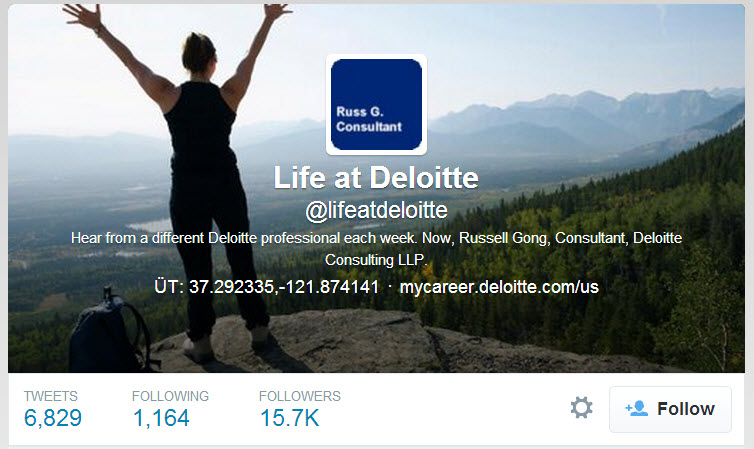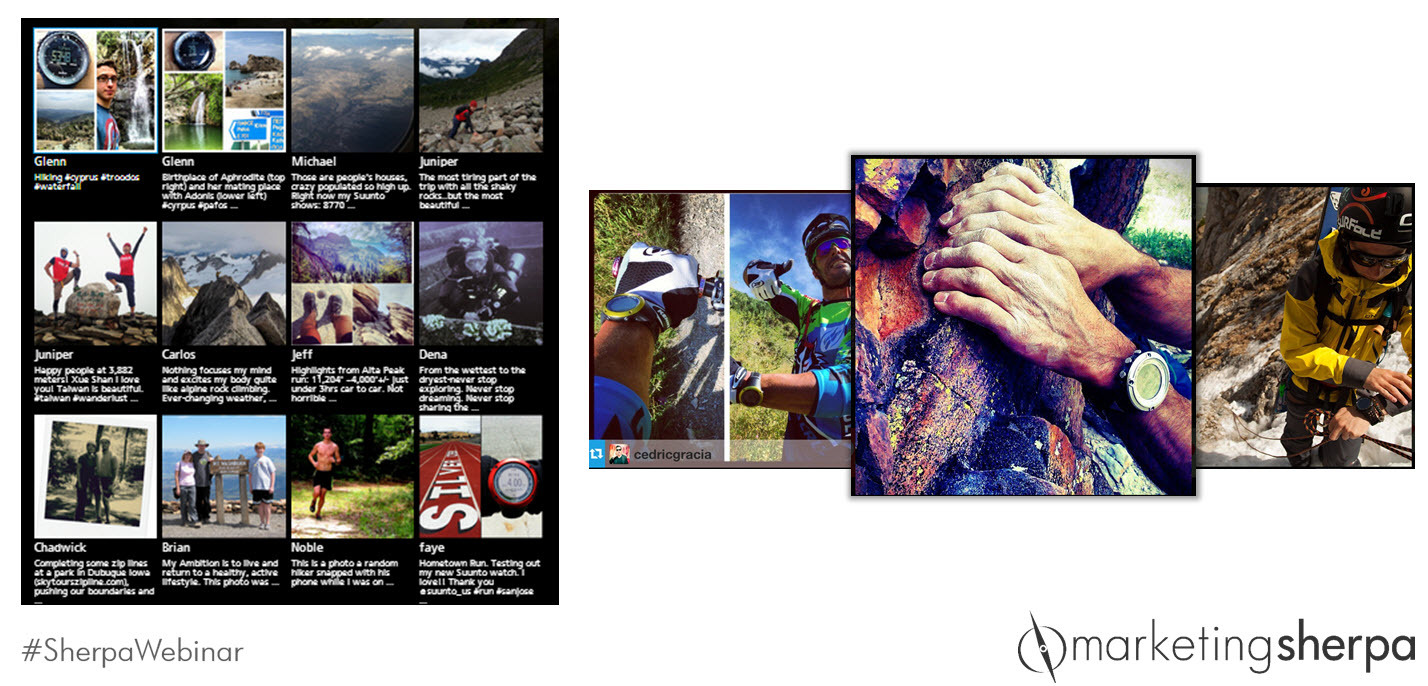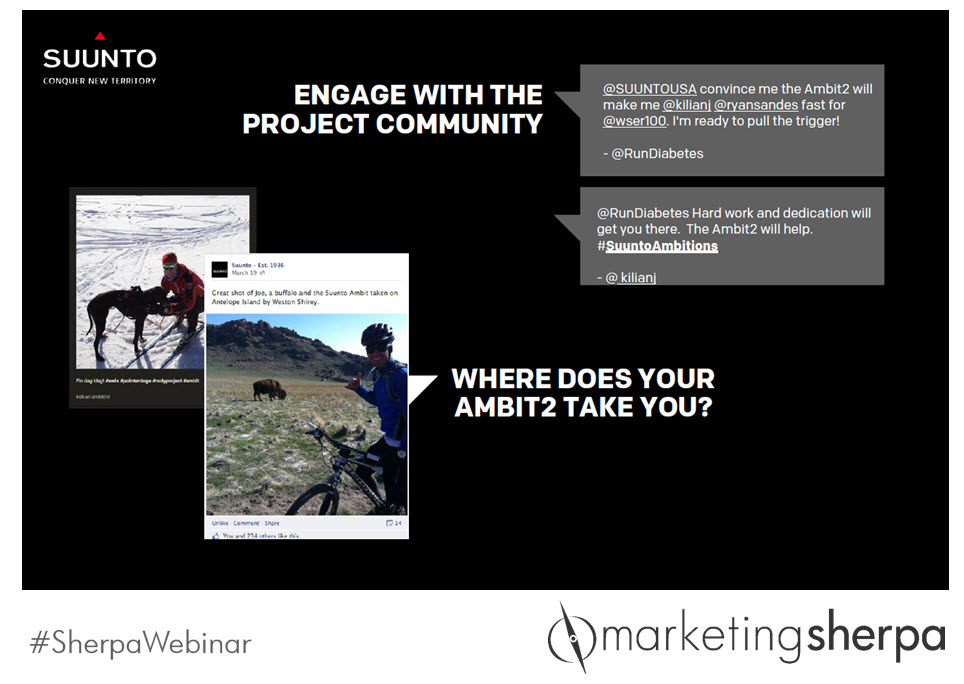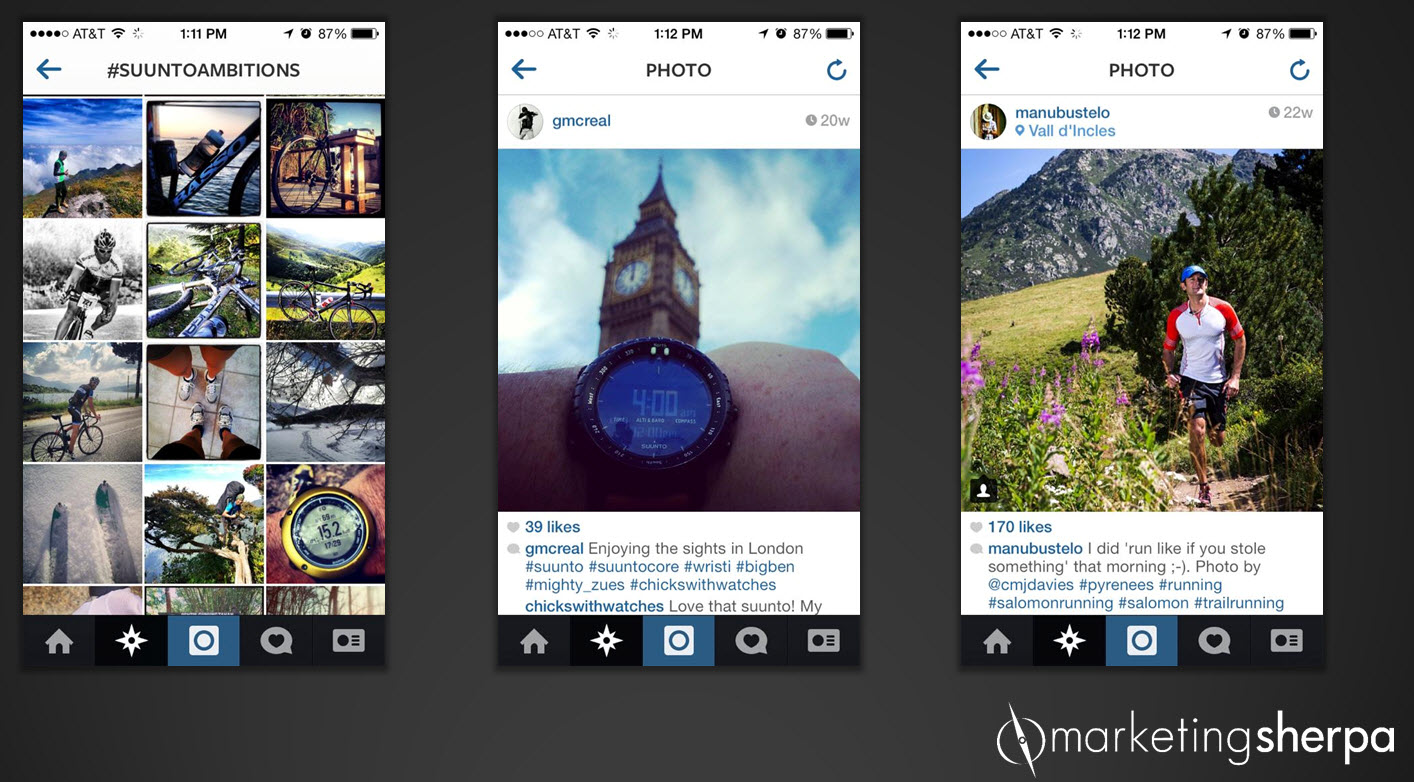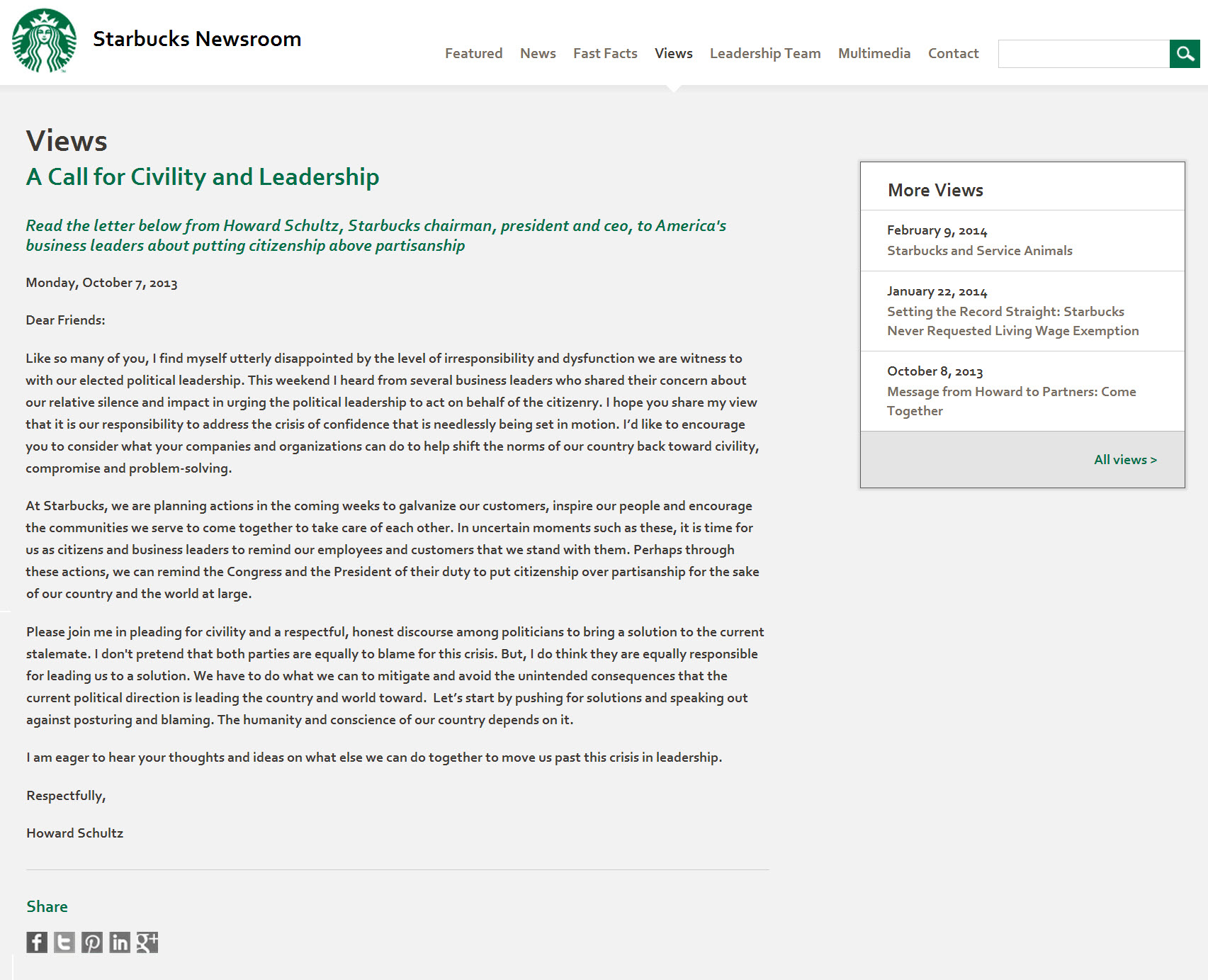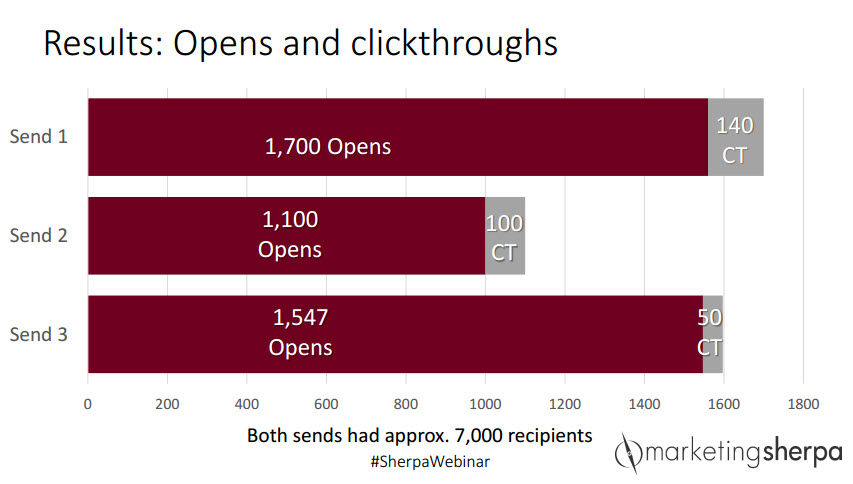Shopping from your seat is a beautiful thing.
Customers relish the convenience and ease of online shopping, but those on the other side of the screen know the process isn’t so effortless. Ecommerce can present itself as a multidimensional demon, frightening marketers with shopper abandonment and confusing consumer behavior.
However, there are plenty of marketers who have slain the beast on their way to success. Our MarketingSherpa reporters know this because they have penned many of these marketing heroes’ tales of triumph.
Let’s take a look back at the lessons we learned from these 10 ecommerce case studies.
Case Study #1. Ecommerce: Edible Arrangements’ countdown ad lifts same-day orders 8%
Lesson: Don’t assume your company’s existing features or services are on the customers’ radar.
The basis for a stellar marketing campaign doesn’t have to revolve around a new service, product or feature. Your company could have a pre-existing item that could use some additional awareness. Take Edible Arrangements’ same-day delivery service. Kaitlin Reiss, Vice President of Ecommerce, Edible Arrangements, told MarketingSherpa the service was the company’s “hidden gem.”
“A lot of people don’t realize that we have same-day delivery, even though it is not something new for us, so we realize that we will need to do even more to promote it,” Reiss said.
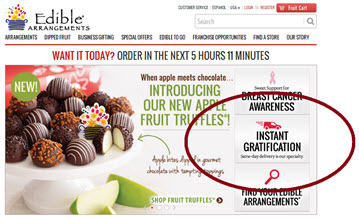
The hub of tasty fruit bouquets utilized simple promotion through a variety of channels to increase both email open rates and its same-day orders, too. Are your company’s pre-existing services being promoted to its greatest potential?
Doubtful. Despite the fact that those features may not be new to the company, it could be new to consumers.
Case Study #2. Ecommerce: Moving beyond shopping cart abandonment nets 65% more checkout conversions
Lesson: Targeting customer abandonment is worth it.
We’ve all been there. Perusing products on the Internet when the phone rings, it’s time for dinner or the dog is barking for a walk. No matter what it is that pulls us away from the computer, distractions are inevitable.
As an ecommerce marketer, understanding and reeling your consumers back in is crucial for garnering conversions. Many ecommerce companies have found success recovering customers through abandonment emails.
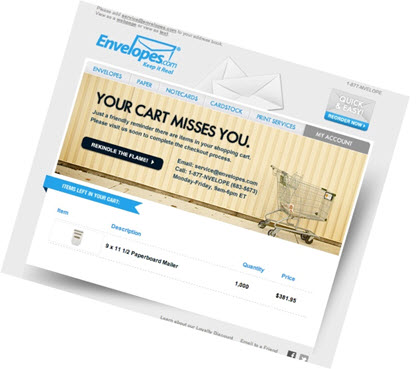 The case study above examines how Envelopes.com targeted category, cart and checkout abandonment with emails sent less than a week after the customer left the site. The campaign lifted the company to net 65% more checkout conversions.
The case study above examines how Envelopes.com targeted category, cart and checkout abandonment with emails sent less than a week after the customer left the site. The campaign lifted the company to net 65% more checkout conversions.
Examine why your ecommerce site isn’t earning those sales. Is it internal, or could it just be the busy lives of your consumers? Sometimes, all it takes is a little reminder.
Case Study #3. Email Marketing: How an ecommerce site eschews discounts in favor of eco-friendly content
Case Study #4. Ecommerce: How Wine Enthusiast increased organic traffic 154% with content marketing
Lesson: Content can help you connect with consumers while building trust, too.
As an ecommerce marketer, you’re not face-to-face with your consumers — your computer screen is. Establishing trust and connecting with them is a feat of its own. In these two case studies, ecommerce companies utilized content to increase traffic and awareness of their brands to stand out in a crowded Internet space.
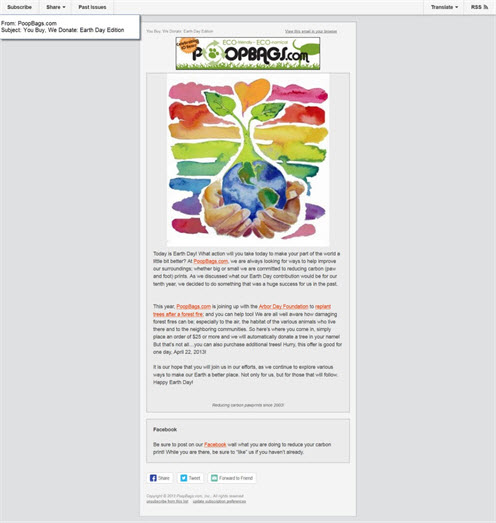 PoopBags.com – yes, you read that right – built an email marketing strategy on eco-friendly content. As a biodegradable bag for pups’ – er – business, the brand developed email content emphasizing environmental causes, charities and pet-related issues.
PoopBags.com – yes, you read that right – built an email marketing strategy on eco-friendly content. As a biodegradable bag for pups’ – er – business, the brand developed email content emphasizing environmental causes, charities and pet-related issues.
“It makes it easy to bond with people … knowing that we write about things that are so important, and we care passionately about, makes [writing email content] pretty easy to do,” Paul Cannella, Owner, Poopbags.com, told MarketingSherpa of the company’s content strategy.
Retailer Wine Enthusiast also put content into play to earn trust with consumers. The company’s website features wine reviews, articles and videos to help build an audience. The content helped yield a 50% increase in monthly email opt-ins.
“We put time into creating helpful content that 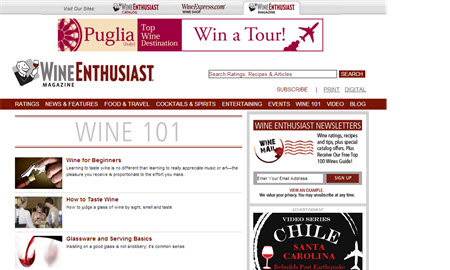 helps people either make a buying decision or entertain them,” said Erika Strum, Director of Internet Marketing, Wine Enthusiast Companies. “Even if they aren’t making that purchase in the moment, we feel that they will come back to us as a great source of information.”
helps people either make a buying decision or entertain them,” said Erika Strum, Director of Internet Marketing, Wine Enthusiast Companies. “Even if they aren’t making that purchase in the moment, we feel that they will come back to us as a great source of information.”
Do you have something to offer your consumers other than a great product or service? Look to content to form valuable trust and relationships in your market.
Case Study #5. B2B Ecommerce: Redesigned online form increases quotes 67.68%
Lesson: Your website must align with the way people shop online.
A website is never a finished product – it’s forever evolving. After all, it has to. Think about what would happen if you kept your website the same year after year. You couldn’t do that and be successful. The Internet is constantly changing as is the way customers expect to shop online. Failure to take this into account with the structure of your website has the potential to lead to your company’s downfall.
Take our case study on Company Folders, a company that provides businesses with custom folders. Prior to its marketing efforts, the company’s website was out-of-date and had a quote form that wasn’t conducive to the ease-of-use online shoppers expected.
By redesigning the website and online form, Company Folders experienced a 67.68% increase in total quotes.
The old online form:
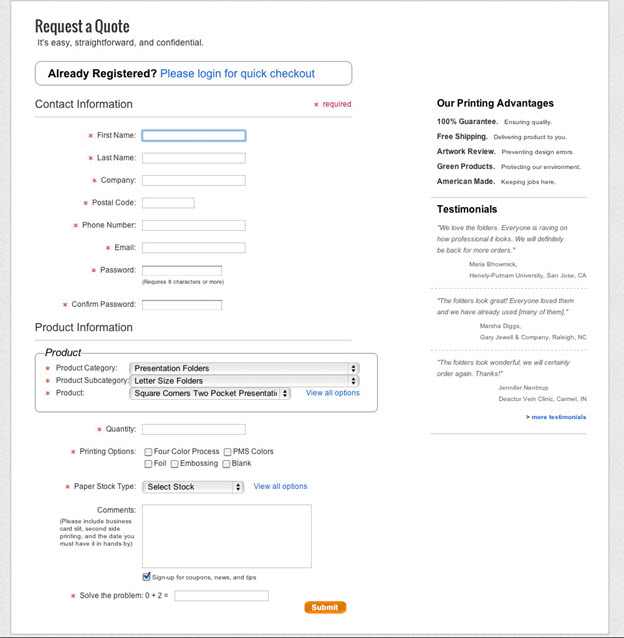
The new online form:
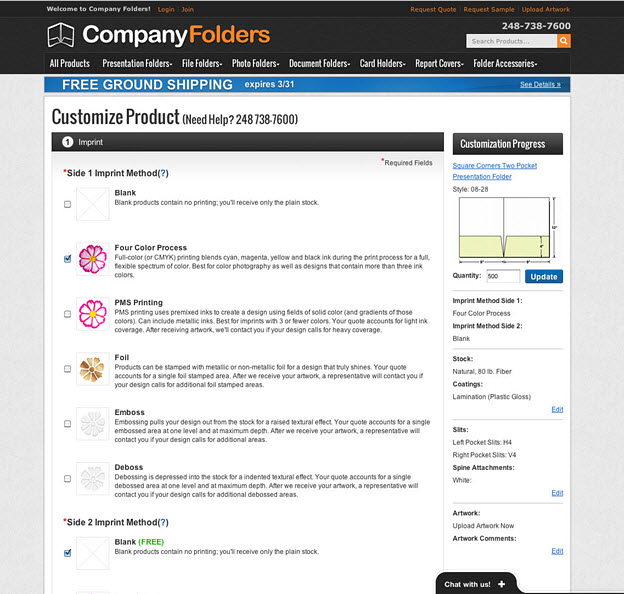
Company Folders CEO Vladimir Gendelman explained to MarketingSherpa how crucial it was for his company’s website to keep in the consumer in mind.
“In order to tackle this, and do all this, we had to think just like a customer would,” Gendelman said. “A redesign is not just like making [the website] look pretty. It is about making it extremely easy for [website] function.”
Case Study #6. Ecommerce: Adding trustmark boosts sales conversion 14%
Lesson: Small changes can lead to big differences.
Optimization doesn’t have to involve some huge website overhaul. Even the seemingly smallest of things can make a huge difference for your company and our case study on Modern Coin Mart certainly demonstrated that.
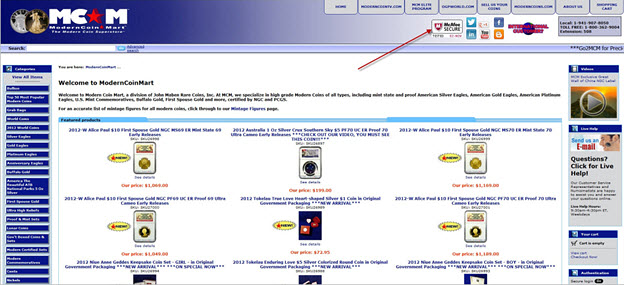 The self-described “Modern Coin Superstore” added a simple trustmark to its ecommerce site to ease customers’ anxieties about the purchasing process. A tiny graphic produced monumental results, boosting sales conversions to 14%.
The self-described “Modern Coin Superstore” added a simple trustmark to its ecommerce site to ease customers’ anxieties about the purchasing process. A tiny graphic produced monumental results, boosting sales conversions to 14%.
What can you as an ecommerce marketer take from this? Don’t think you have to exhaust yourself to yield impressive results – even small changes can lead to big successes.
Case Study #7. Social Media Marketing: How a small ecommerce site attracted 293,000 Facebook fans
Lesson: Social media fosters marketing by the consumer.
What’s on your mind? Facebook gives its users a platform to speak their minds, share their photos and promote your products. Yes, promote your products.
It may not be what Mark Zuckerberg initially had in mind, but Facebook can offer huge boosts to your company. It’s so simple for a customer to take a photo of your product, which provides your company with a testimonial, review and super sharable content that is free.
Does the product or service you’re selling suit the Facebook realm? In other words, is it sharable? Could it be? This can lead to impressive results. Look at our case study on Diamond Candles, a company that features rings beneath the wax of its candles. By utilizing customer-contributed photos on its Facebook page, Diamond Candles upped conversion rates and attracted more than 290,000 new Facebook fans.
Facebook realm? In other words, is it sharable? Could it be? This can lead to impressive results. Look at our case study on Diamond Candles, a company that features rings beneath the wax of its candles. By utilizing customer-contributed photos on its Facebook page, Diamond Candles upped conversion rates and attracted more than 290,000 new Facebook fans.
For minimal effort, your ecommerce site has the potential to produce maximum results. Determine how your product can start a conversation in consumers’ social networks and then capitalize on it.
Read more…



